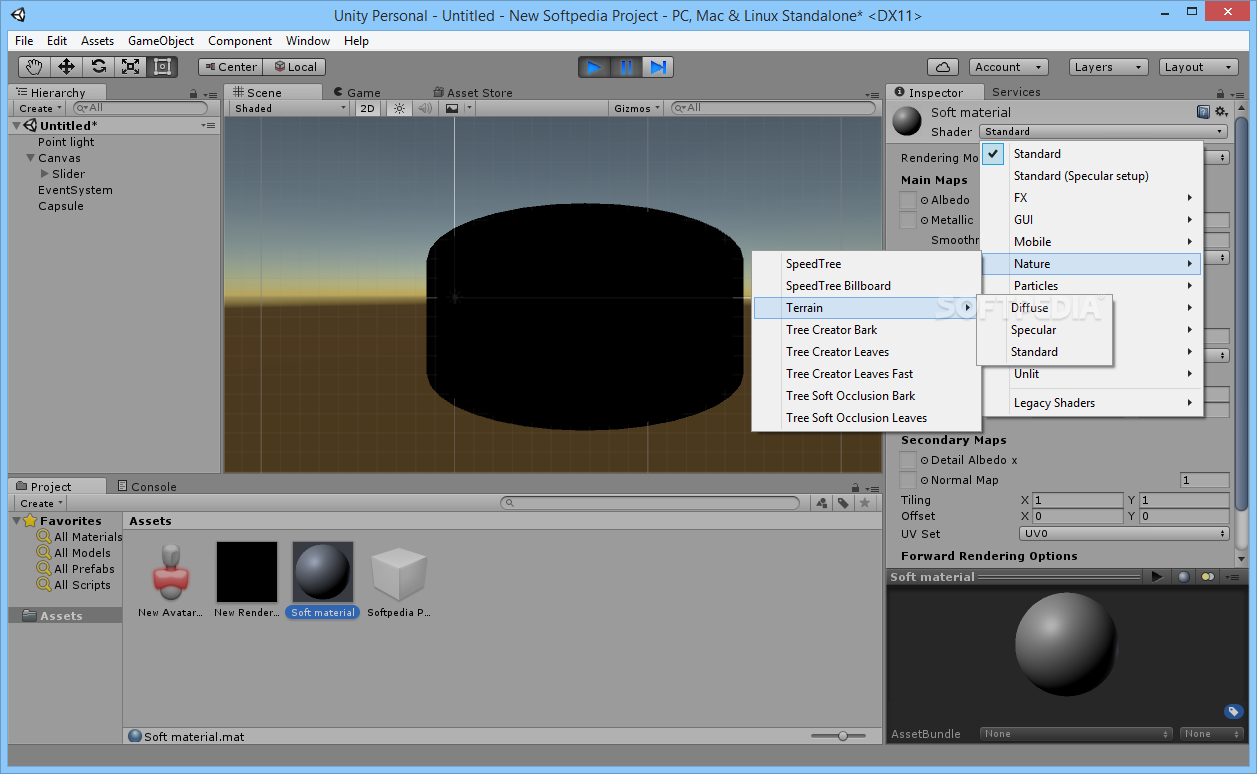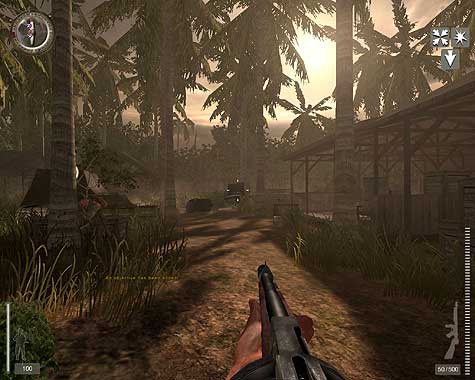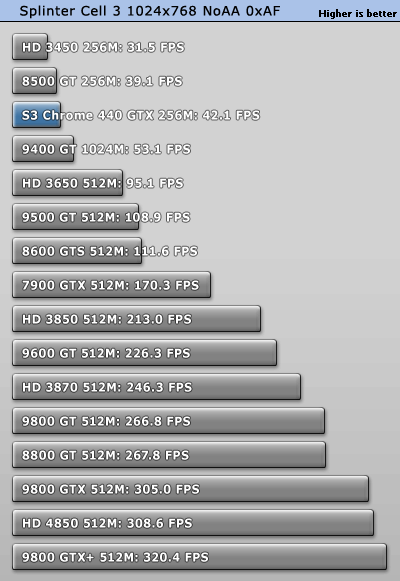

It creates a real, new mehs with the shape wanted. In general, a sh should result in a better quality object. So, both can claim having PS 2.0 +, while ATI's claim is more justified. The currentĭrivers even for the GF 6800 line of cards still lack some PS2.0 shaders required by DX9.ĪTI supports all PS2.0 instructions required by DX9 on their recent NV however does not support all PS 2.0 instructions. GF 6800 and Rx800 will supposedly handle it much better.Īdditionaly, PS 3.0 feature an improoved implementation ofīoth, ATI & NV have features in the current cards (NV3x & R3xx) that exeed PS 2.0 specifications. The performancehit limited it to special applications and techdemos. Recent cards didn't pack the punch to use it regularly in games. NV & ATI use displacement mapping.ĭisplacement-mapping is possible with PS 2.0 already, but the The power to do displacementmapping, it is preferable to usingĭisplacement meshes. This costsĮnormous calculatingpower, but saves memory and bandwith due to much less complex 3D-meshes. It recalculates the extruded texture new for each frame. Once Processed, the new mesh can be viewed and rendered without additional workload.ĭisplacementmapping however doesn't touch the 3D-mesh at all!

It's like a template that can beĪpplied to any mesh, processes it and thus creates a new one. displacement mesh's:Īs i understood displacement mesh technique, it is somehowĬomparable to vertex shaders. That way, lots of displacementmaps can be renderedīy the card in realtime, saving geometry-power for other objects.ĭisplacement mapping VS. However, the new cards can do it several orders of magnitude faster Shows that disp.mapping takes even longer then shing. Math for calculating displacement-maps cripples that advantage,

In theory, that saves lots of geometrie-work. Info stored in the displacement-map to shape the more complex phong).ĭisplacement-mapping now extrudes the texture-map with the The basic sphere can be rendered using only a few hundred trianglesĪnd still look round if properly shaded (e.g. The Problem is, it still consists of 9k trianglesĭisplacement-mapping makes the use of so many triangles obsolete. The 9k triangels are just reconfigured to form the bumpy structure With displacement-meshes you alter a given mesh. Of polygons by using displacement-mapping. The trick with displacement-maps is that you can spare thousands Now i dont know what tecnique will be using sm3.0 but if nvidia can handle that now at playable framerates that would be very very amazing.ĭisplacement-mapping is one of the more prominent features of PS3.0 So as you can see with displacement mpa is slower cuz it need to make the displacement while its being rendered otherwise with mesh displacement is faster cuz its being rendren in real time and in the final render know how is it done, this results are a little high because i was using light tracer like a ps2.0 effect. The first one is by applying the displace map and you cant see it until its being rendered.Īnd the second is by applying the displace mesh and you can actually see it in real time, now this have been done for a while in 3d apps, but the second option its more slow cuz it shows up in realtime, and the consecuence its poor fps and the first option its real fast cuz you dont see the displacement until its being rendered (thats the bad side) Hardware ID: HDAUDIO\FUNC_01&VEN_10EC&DEV_0272&SUBSYS_1179FF78&REV_1000ĭate and Size: 12:00:00 AM, 4496600 bytesĭriver Provider: Realtek Semiconductor Corp.ĭescription: Realtek HDMI Output (Realtek High Definition Audio)Ok, ive saw the real deal in here and the best feature it has till now its the displace in real time, now im a 3d designer and there are 2 ways of doing this (2 that im aware)ġ.- doing this by the layers map (aka the displace maps)Ģ.-applying directly to the mesh (aka displace mesh) Machine Id: : Format(In/Out)=(S342,UNKNOWN) Frames(Prev/Fwd/Back)=(0,0,0) Caps=ĭescription: Speakers (Realtek High Definition Audio)


 0 kommentar(er)
0 kommentar(er)
